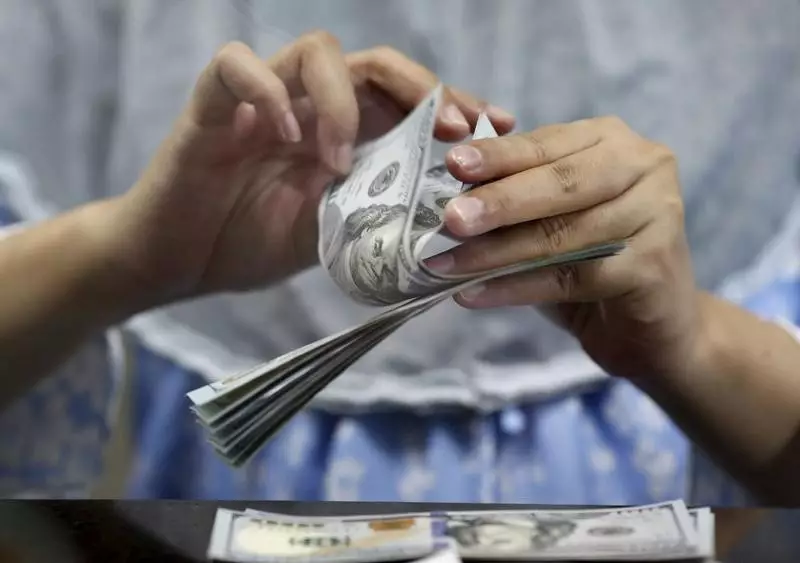The Uncertain Future of the Dollar Amid Political Shifts

The currency market is notoriously reactive to political developments, and the recent uptick in the strength of the U.S. dollar can be traced back to the evolving political landscape in the United States. Specifically, the increasing prospects of Donald Trump, the Republican presidential candidate, have reinvigorated speculation reminiscent of the “Trump trade” phenomenon that dominated financial discussions during his previous campaign and presidency. Analysts have observed that the dollar’s ascent is not merely a reflection of economic fundamentals but is deeply intertwined with the fluctuations in political sentiment.
Despite the short-term gains associated with Trump’s potential return to office, the financial services company UBS has presented a more cautious outlook regarding the dollar’s trajectory. According to UBS, although a victory for Trump may induce an initial dollar bounce, this does not translate into long-term strength for the currency. The firm advises against succumbing to the allure of rapidly rallying dollar values, suggesting that stronger dollar phases should be viewed as opportunities for selling rather than holding. This perspective highlights a fundamental principle in financial circles: while markets may respond positively to political narratives, the implications for long-term economic health remain complex.
As the upcoming U.S. election date approaches, with just over two weeks left, the political climate grows increasingly contentious, and the outcome remains unpredictable. Trump’s recent surge in some polls has raised voices in both the financial and political arenas, suggesting that markets are beginning to adjust their forecasts. The “Trump trade”—which encompasses bets on the dollar in anticipation of favorable market conditions under Trump—has resurfaced, contributing to the greenback’s recent performance. However, UBS warns that relying solely on the political climate to gauge the dollar’s future might be shortsighted, urging investors to consider the broader economic implications of a Trump presidency.
UBS’s projections suggest a considered approach to future currency movements, indicating that the euro-to-dollar exchange rate could stabilize around 1.16 by 2025. This forecast serves as a crucial reminder that while the dollar may experience fluctuations driven by political events, the longer-term outlook may not necessarily favor sustained dollar strength. The interplay of economic indicators, geopolitical developments, and market psychology underscores the complexities of currency trading, reinforcing the idea that investors must maintain a critical and informed stance rather than react solely to short-term political developments.
In this season of political uncertainty, the dynamics influencing the dollar’s strength emphasize the need for vigilance among investors. While Trump’s potential candidacy looms large over market expectations, UBS’s insights encourage a more nuanced view. Investors must tread carefully, discerning between temporary boosts from political changes and the actual economic currents that drive currency valuations. The future of the dollar could be as volatile as the political landscape itself, making it essential to look beyond surface-level trends for a deeper understanding of the currency’s fate.





